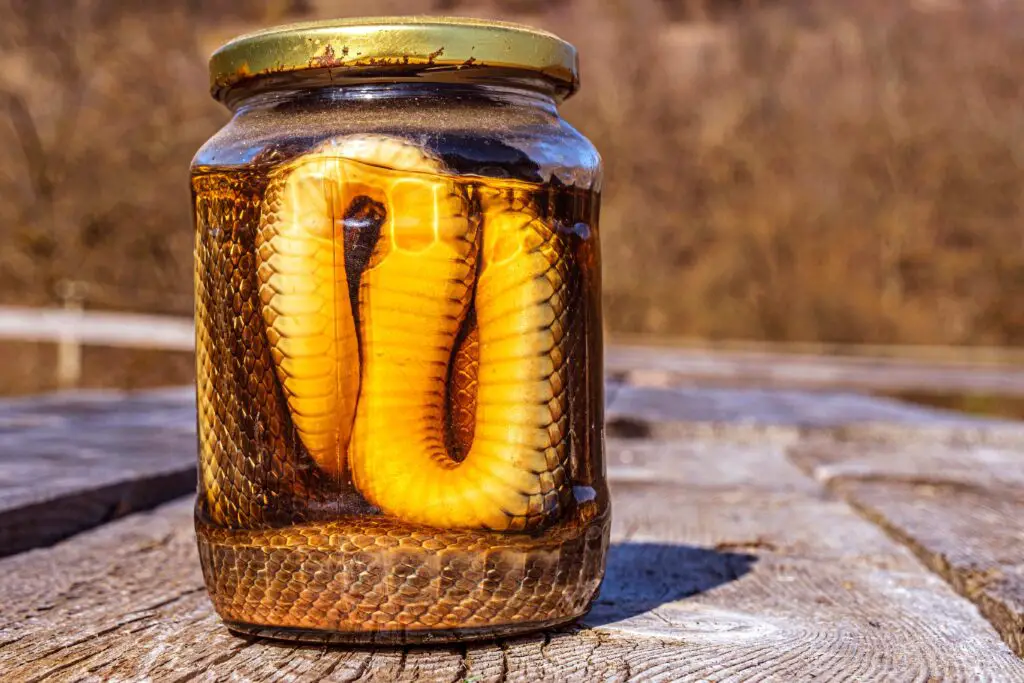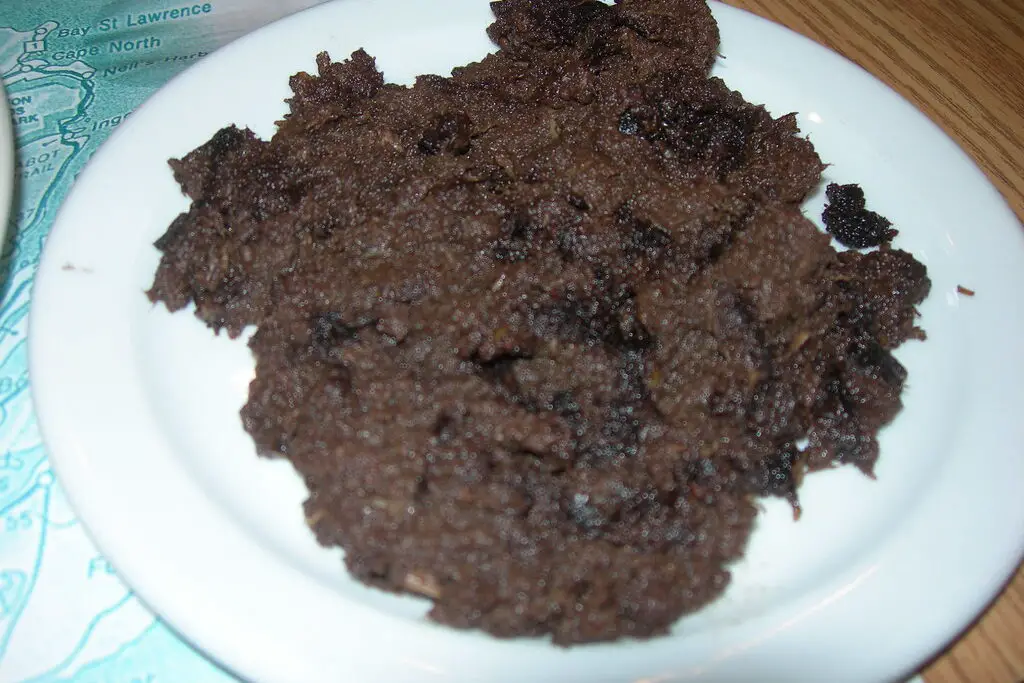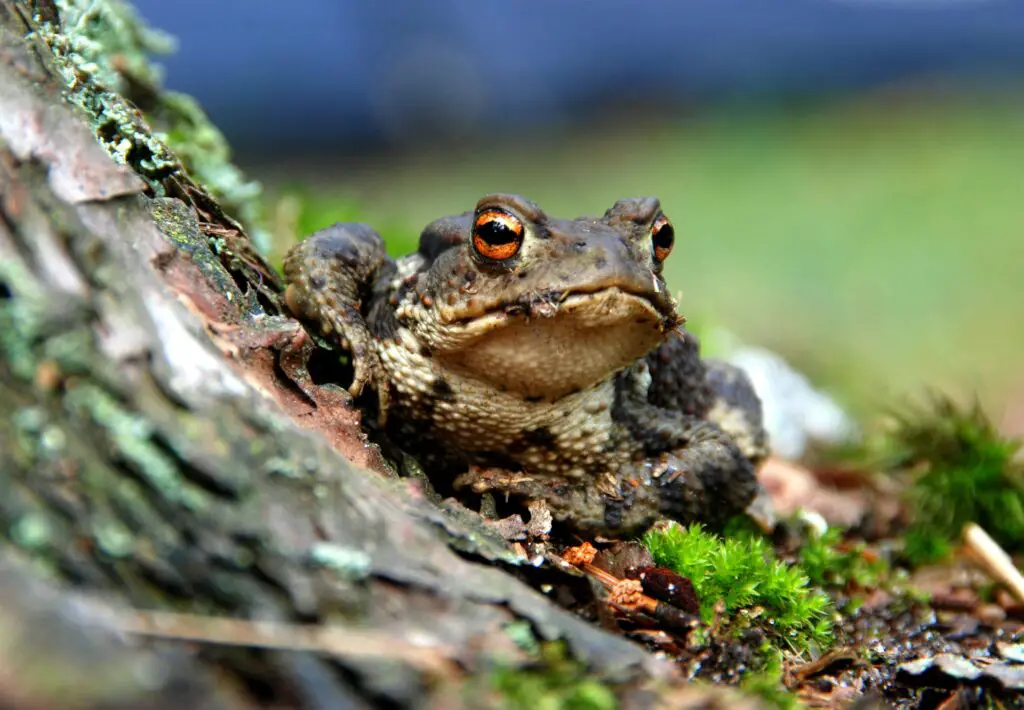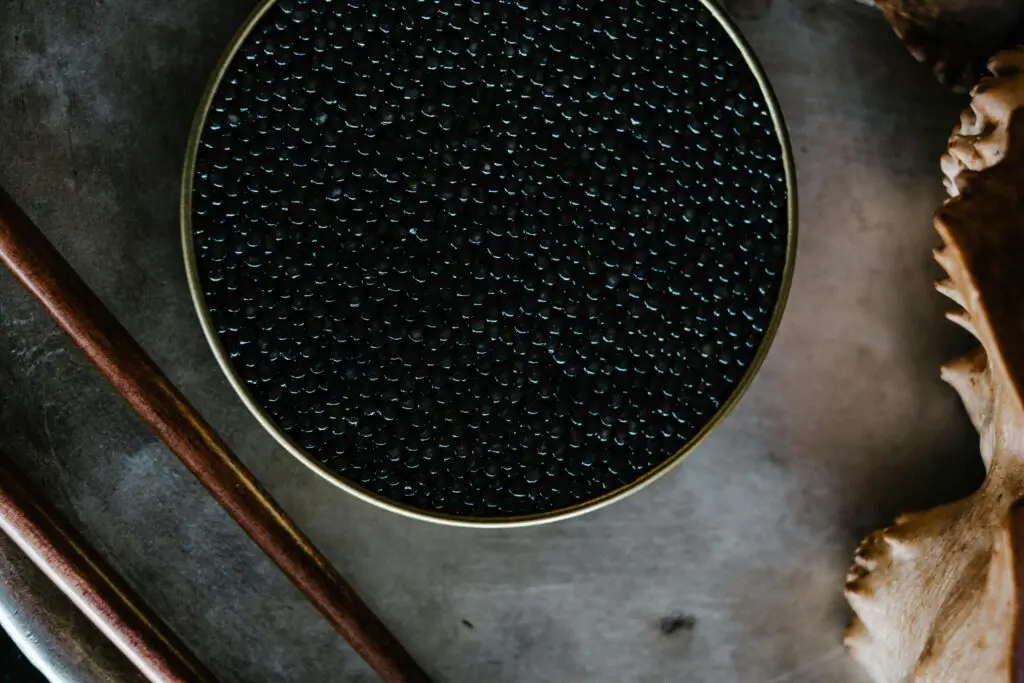1. Snake Soup for Longevity

In ancient China, snake soup was considered a powerful remedy for improving health and vitality. Believed to have restorative properties, this dish was often prescribed to cure everything from fatigue to sexual impotence. The idea was that the energy of the snake could be transferred to the person consuming it, thus granting them strength and longevity.
Snake meat, simmered in a broth with herbs and spices, was thought to contain vital nutrients that could rejuvenate the body. People even believed it could boost circulation and reduce inflammation. While snake soup is still eaten in some parts of the world, its reputation as a cure-all has largely faded, though some still swear by its healing properties.
2. Blood Pudding for Vitality

In medieval Europe, blood pudding—made from pig’s blood and other ingredients—was believed to be a remedy for low energy and weakness. It was commonly consumed by those suffering from anemia, as it was thought to replenish the blood and restore strength. The high iron content was seen as a boost for overall health, particularly in the colder months.
While it may seem unappetizing today, blood pudding was a staple in many European diets, especially in Ireland and the UK. The belief that consuming animal blood could restore vitality persisted for centuries. Though not widely used as a medicine today, blood pudding is still a beloved dish in some cultures.
3. Bull’s Testicles for Masculinity

In certain cultures, particularly in parts of Asia and South America, consuming bull’s testicles was believed to enhance virility and strength. Often prepared as a delicacy, the testicles were thought to provide a boost in testosterone and improve overall male health. Some even believed eating them could cure infertility and improve sexual performance.
The practice was tied to the idea that consuming the organ of a powerful animal could transfer its strength and vitality. This “food as medicine” approach was based on ancient beliefs in sympathetic magic, where consuming a body part was thought to improve the corresponding organ in the person. Though the trend has mostly disappeared, bull’s testicles are still considered a delicacy in some countries today.
4. Squirrel Brains for Brain Power

In 18th-century America, eating squirrel brains was believed to enhance mental acuity and improve memory. It was often recommended to those struggling with cognitive issues or fatigue. People believed that consuming the brains of an agile, intelligent animal like a squirrel would transfer those qualities to the eater.
Squirrel brains were commonly cooked in stews or pies, but the practice was eventually abandoned as medical knowledge advanced. While the idea of consuming animal brains for brain power sounds odd today, it was rooted in the belief that the brain of a smart creature could improve the mental capacity of a human.
5. Frog Legs for Better Health

Frog legs were considered a miracle food in various parts of Europe and Asia, believed to cure everything from arthritis to respiratory problems. In France, they were thought to boost strength and vitality, while in China, they were believed to help with healing and digestion. The belief was that the frog’s amphibious nature granted it special properties for adapting and healing.
In addition to their perceived medicinal qualities, frog legs were believed to be an aphrodisiac. The delicacy’s status as a health food persisted for centuries, especially among the upper classes. While frog legs are still enjoyed today in some regions, their once-prominent status as a cure-all is largely a thing of the past.
6. Caviar for Skin and Beauty

Long before it became a luxury food item, caviar was considered a medicinal food, particularly in Eastern Europe. It was thought to have rejuvenating properties for the skin and was even used as an ingredient in face creams. Consuming caviar was believed to restore youthfulness and improve skin elasticity, thanks to its rich omega-3 fatty acids and proteins.
The notion that caviar could help maintain beauty and vitality was so widespread that it was often recommended for those dealing with aging skin or other cosmetic concerns. Though we now enjoy caviar for its taste, the idea of it as a health elixir has faded, but the luxurious allure of the delicacy remains.
